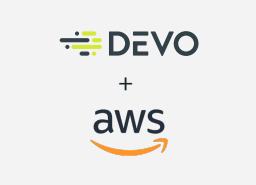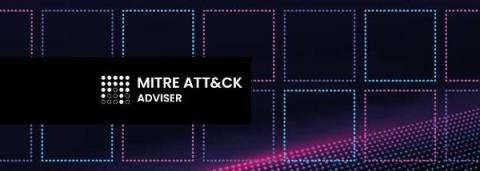Tips for Building a SOC Analyst Home Lab
Do you aspire to become a standout in the SOC world? To excel, you must consistently cultivate both your technical hard skills and non-technical soft skills. No specific career path is the golden ticket; each individual’s journey to SOC stardom is a blend of conventional education and hands-on training, seasoned with vital real-world experience. A purpose-built SOC analyst home lab is one proven self-guided learning tool to sharpen your technical know-how.




